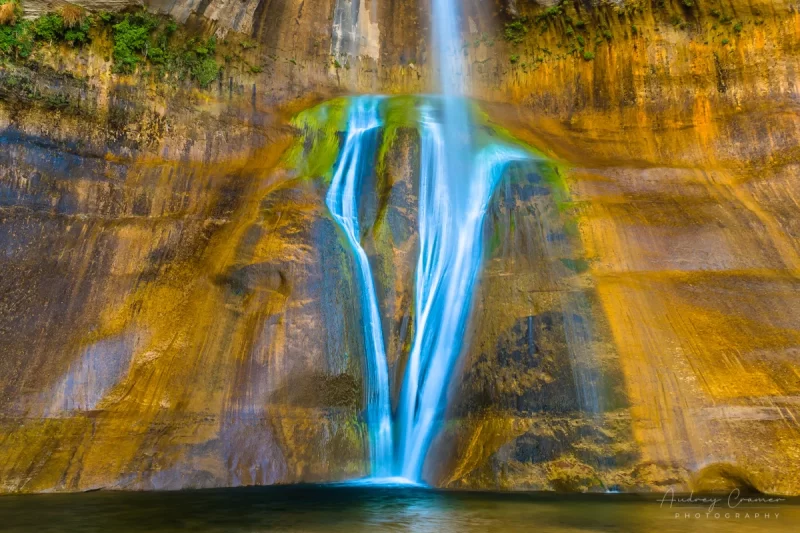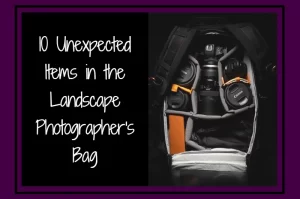You’ve just had a photo shoot and taken some amazing photos. Now you return to your computer to process up those images and make them into the best they can be. How do you know which photos to choose? Actually, it’s a simple process to find the right photo for processing.
Choosing the right photograph to process can feel like a complicated business. I know. Culling isn’t always top on my list of exciting tasks. It’s really a lot easier than it sounds.
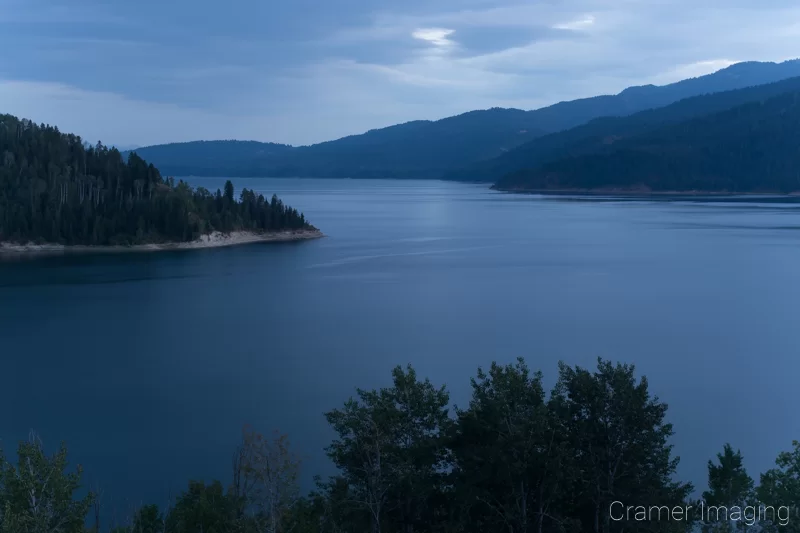

Simply put, culling is choosing out the best handful of images to process. The act of culling is mostly about the process of eliminating the wrong specimens from the pool of candidates. When you remove those not worthy, you are left with those which are. From those left, you can choose the right photo (or photos) for processing as you will even cull this list. Culling involves seeing the potential in raw photos like the version depicted above. You may not see the final version right off, but you see the photo may become something that beautiful and amazing.
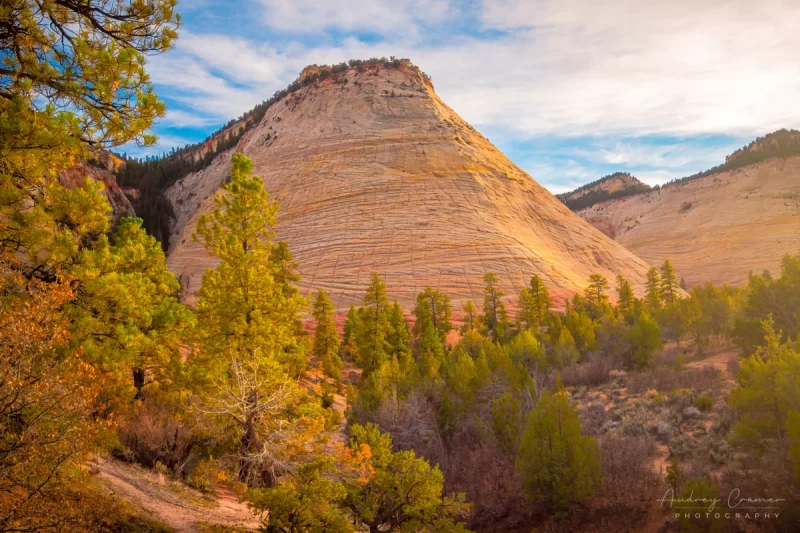
The number of worthy images leftover will be different every time. It may be as many as ten photos or as few as one photo. You may even decide that none are worth the effort. That’s just fine too. I’ve done that many a time.

When you are deciding which photos will and will not make the cut, there are a few points to consider which will help shorten the list of photos to consider.
Easy and Quick Rejection Criteria
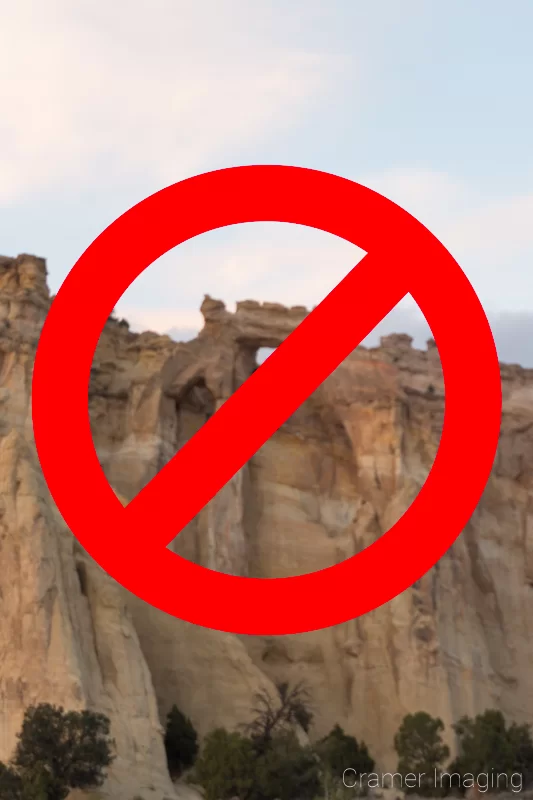
- If you see a photo that is blurry, unless you were very specifically going for an artistic blur, then you should reject the photo. Even a tiny bit of blur is something to reject.
- Should you find that the photo is too dark or too light (under exposed or over exposed), discard it from your consideration. Digital noise issues can cause a lot of trouble to deal with later.
- If the subject of your photo (what you wanted to focus on) is not in sharp focus, hit the delete button immediately. Eyes in focus are especially crucial to get right. If the eyes aren’t in focus, the photo will never be right.
- If you find that an important area of the final image has been accidentally cropped out, this is not the photo for final processing. Heads of people in portraits is one such example of important areas to include in a photo.
Careful Consideration Criteria
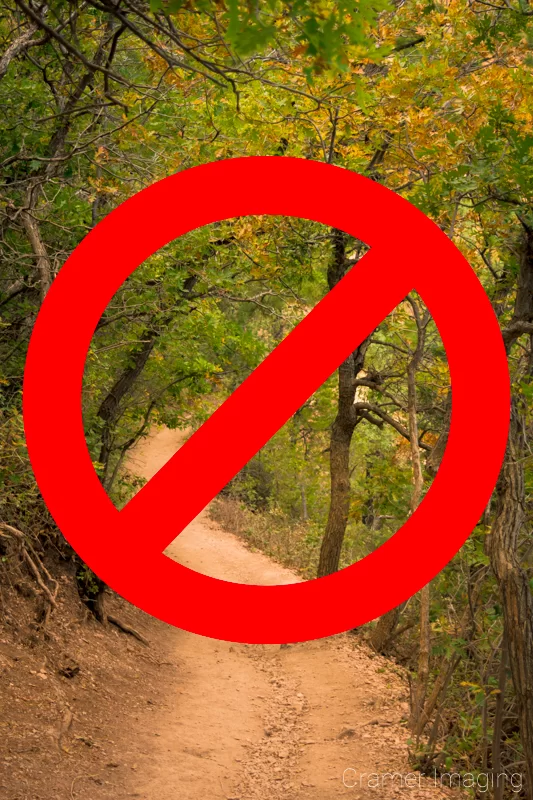
- You will need to make sure of your composition. If it’s not dead on or at least strong, then you should reject the shot.
- If the horizontal and vertical lines (the horizon is most important here) are not perfectly straight, and you don’t have a good way to straighten them, then this is not your shot.
- Should you find elements in the photo which you don’t like and don’t have a good or easy way to remove them, then move on to the next image.
- Are the colors good in the photo? If not, will it work in black and white or another color combination like sepia? If not, then move on to the next photo.
- Does the photo feel busy or does it lack focus (meaning your eyes won’t settle anywhere)? If so, then it’s time to pass on this image.
- If an image passes all the other tests above but something just doesn’t feel right or interesting or engaging about it, then this is not the photograph for you.
Conclusion
The process of culling out the right photographs can be a bit time consuming but won’t be overly difficult if you follow these steps. You will certainly end up with above average pictures to make your final cut from. The discovery process can be very revealing about yourself and exciting once you find those select few amazing photos worthy of processing. Then you know you found the right photo(s) for processing.

